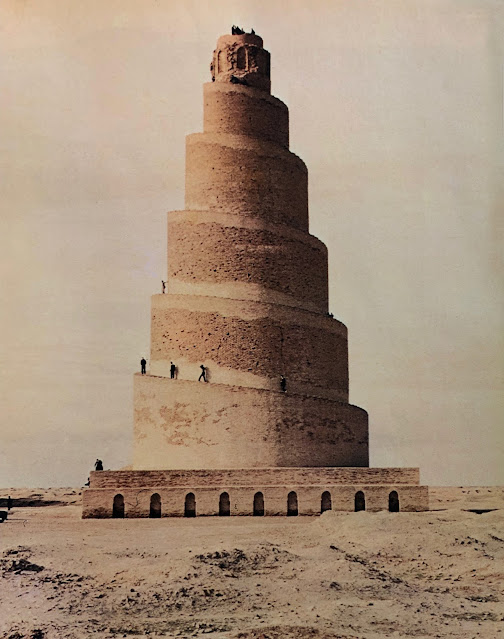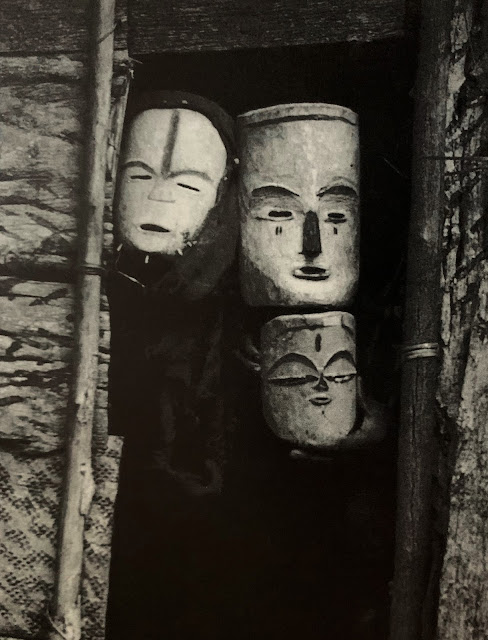GUINEA – SENEGAL – BENIN
Afrique Vol. 2 – Guinée / Sénégal / Dahomey – Vogue EXTP 1029, recorded by Gilbert Rouget in 1952 (7 in 45 RPM)
This seminal 7-inch album, recorded during the 1952 IFAN (Institut Français d’Afrique Noire) mission by the eminent French ethnomusicologist Gilbert Rouget (1916-2017) – known for his authoritative work on the relations between music and possession – showcases great authentic West African music of old recorded in Guinea, Senegal and Benin, including terrific gourd-resonated balafon xylophones (A1).
Ce remarquable 45 tours, enregistré en 1952 à l’occasion d’une mission de l’IFAN (Institut Français d’Afrique Noire) par l’éminent ethnomusicologue Gilbert Rouget (1916-2017) – connu pour son travail sur les relations entre musique et possession – présente d’authentiques musiques ouest-africaines du monde traditionnel d’antan enregistrées en Guinée, au Sénégal et au Bénin, avec notamment un jeu mémorable de balafons (xylophones avec gourdes résonantes) (A1).
GUINEA – GUINÉE
A1 – Malinke (or Mandinka) – Celebration music.
Three griot balafon players, including leader Sidi Mamadi Diabate (pictured on front cover), and three female singers, jingle bells.
A2 – Malinke people – Parade music;
Two bolon harps and singers.
A3 – Malinke people – circumcision music;
Drums and boy’s choir.
B1 – Kono (or Konan) people – Worksong;
Singer, jingle bells, and the workers’ voices.
SENEGAL – SÉNÉGAL
B2 – Wolof people – Religious chant;
Three blind male singers from the Tidjane Sufi brotherhood (tariqa) led by Yatma Ndiaye from Saint-Louis, Senegal.
BENIN – BÉNIN
B3 – Fon people – Historic chant;
Women’s choir and flutes. Here women narrate the story of the mpété three-holed reed flute which may only be played by the royal Dossou Yovo family.
Download:
Vintage postcard of venerable Vodun (Vodou, Voodoo) priests-dancers,
Abomey, Benin:
-23%2087.jpg)
12%2096.jpg)
%20-34%2041.jpg)
%20-28%2035.jpg)


%20-37%2086.jpg)
%20-32%2073.jpg)
%209%2027.jpg)
%209%2027.jpg)


%20crop%20%20crop1%20-18%2066.jpg)
%20-11%2027.jpg)
%20good%20color%20-9%2024.jpg)
%20-18%2038.jpg)

%20-35%20100.jpg)